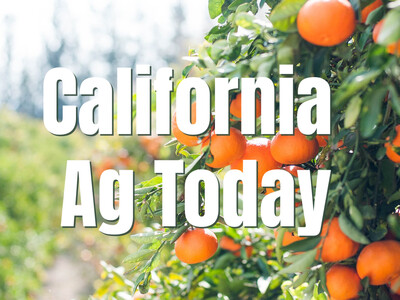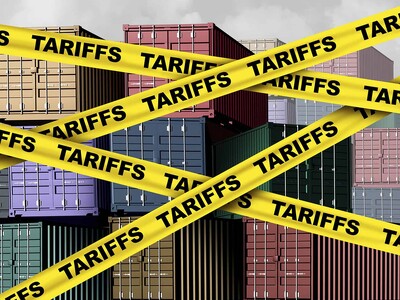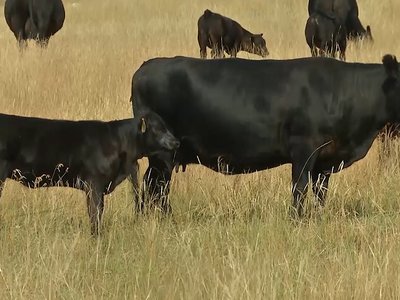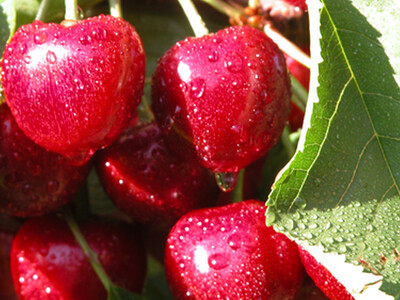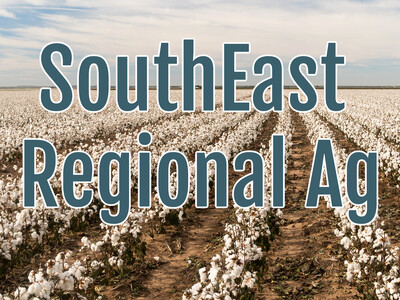Idaho Potatoes Up & Final GIPSA Rule
Idaho Potatoes Up & Final GIPSA Rule plus Food Forethought. I’m Greg Martin with today’s Northwest Report.
Agriculture Secretary Tom Vilsack announces final publishing of the GIPSA rule implementing specific targeted provisions for guidance and principles to comply with the Packers and Stockyards Act.
VILSACK: Over the past 30 years livestock and poultry marketplaces have not only become more concentrated they’ve become vertically integrated and with that there is the risk of folks being treated unfairly. The final rule that we are proposing and putting into place, basically complies with the 2008 Farm Bill directive; encourages us to provide more assistance and help to those who are faced with a suspension of delivery of birds to their enterprise; provides and additional mechanisms by which we determine whether requests for additional capital investments are unfair or unreasonable; allows for a ore reasonable time for individuals to remedy a breach of contract and provides greater protections and arbitrations
Idaho’s potato production is expected to total 127 million cwt, up 12 percent from last year’s 113 million cwt, but 4 percent below the 2009 crop, according to the National Agricultural Statistics Service. National production of fall potatoes for 2011 is forecast at 387 million cwt, up 6 percent from last year. Area harvested, is 7 percent above the 2010 estimate. The average yield forecast, at 412 cwt per acre, is down 4 cwt per acre from last year’s yield.
Now with today’s Food Forethought, here’s Lacy Gray.
Sometimes you just can’t win for losing. The U.S.Bureau of Land Management has been finding that out the hard way as it tries to carry out its juniper removal project in Eastern Oregon. The agency is hoping to restore habitat on 336,000 acres of mountainous terrain by removing juniper trees that have aggressively overtaken the landscape and displaced other native vegetation. Planned methods for the juniper removal include controlled burning, girdling and cutting. The majority of environmental groups in the area support the project, but the Oregon Natural Desert Association objects profusely and filed suit on the grounds that the project’s plan of using controlled burning might have a negative impact on sage grouse and the wild ambiance of the area. A rather strange objection when considering that the juniper encroachment threatens not only other native plant species but the sage grouse itself. A judge hearing the ONDA’s claims obviously felt the same way, sighting that sage grouse populations have remained stable in the area even though there have been numerous wild fires there over the last several decades.
Thanks Lacy. That’s today’s Northwest Report. I’m Greg Martin on the Ag Information Network.






